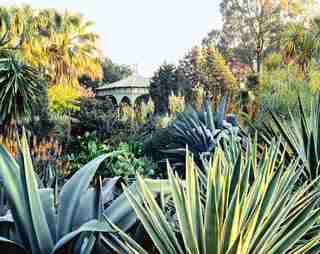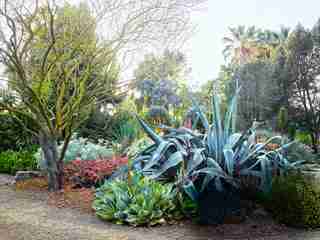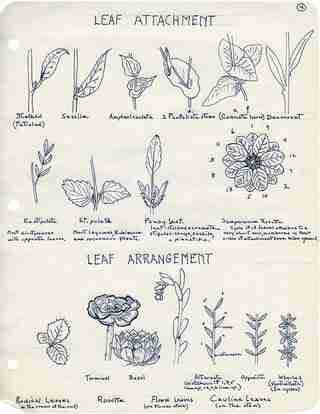5 Tips for Creating a Luxurious, Drought-Resistant Garden
Back in the 1970s, long before it was necessary for Californians to plant drought-resistant lawns, a freak freeze led Ruth Bancroft to make over her Walnut Creek garden in a style more suited to a Mediterranean climate. Her boundless curiosity, endless tinkering, and meticulous note-taking resulted in a landscape so compelling it became the founding project of the Garden Conservancy. The plot now serves as a mecca for those wanting to learn about the joys of sustainable cultivation (and a book about it, The Bold Dry Garden , by Johanna Silver, is out this month). “Ruth planted all kinds of things in the garden that people told her ‘Oh, no! You can’t grow that here,’ ” says Brian Kemble, the garden’s curator, who has worked with Bancroft since 1980. Now 108 years old, Bancroft continued at her craft well into her 90s. Here, Kemble shares Bancroft’s tips for creating beautiful landscapes no matter what zone you garden in.

Set the scene.
“Ruth would say that when you’re planning a bed, plant the biggest elements first to create structure,” says Brian Kemble, curator of the Ruth Bancroft Garden , in Walnut Creek, California. “Then add something of medium size, and put the smallest in last. At each stage be conscious of how the new things play off what’s already there. Do the colors contrast? Or do they complement one another? With each step it gets more complicated, because there are more things to consider, but it allows you to paint with plants.”

Make a point.
“Bold architectural plants create incredible focal points,” Kemble notes. “This 20-plus-year-old agave is striking and powerful but also kind of floppy and whimsical—almost a contradiction in itself. But a garden composed entirely of plants like this would be too sterile. You need to soften it with plants that have a fine texture and little leaves.”

Draw your own conclusions.
“Of course you can look up any of this information online or in a book, but when Ruth was learning about which plants were best for her garden, she created careful sketches of them,” Kemble says. “She found if she looked at a plant closely and drew it, she would really remember it. She also wrote down every plant she purchased and details about its life in her garden.”
Start at the very beginning.
“We grow a lot of our plants from seed in the greenhouse, because when you get a plant that someone else has grown, it just is what it is. But when you grow a whole pod of plants from seed, you see the variations in them. Then when you’re choosing to plant in the garden, you can choose which one works best in a particular space.”
Rock out.
“Succulents from the stonecrop family thrive in rock crevices, which provide critical drainage. To unify the garden, Ruth used the same kind of rocks to create both the mulch bed and the path. Another wonderful touch: As you build up with rocks, the bed rises, and the plants are then better displayed—as in an amphitheater.”
Go for the layered look.
“ Aeonium , a rosette succulent, has leaves that look like flower petals. Ruth loved that quality and grew lots of plants in this form,” Kemble says. “She liked to use foliage as well as flowers to create pools of color. Also think about how different shades of green can work together.”